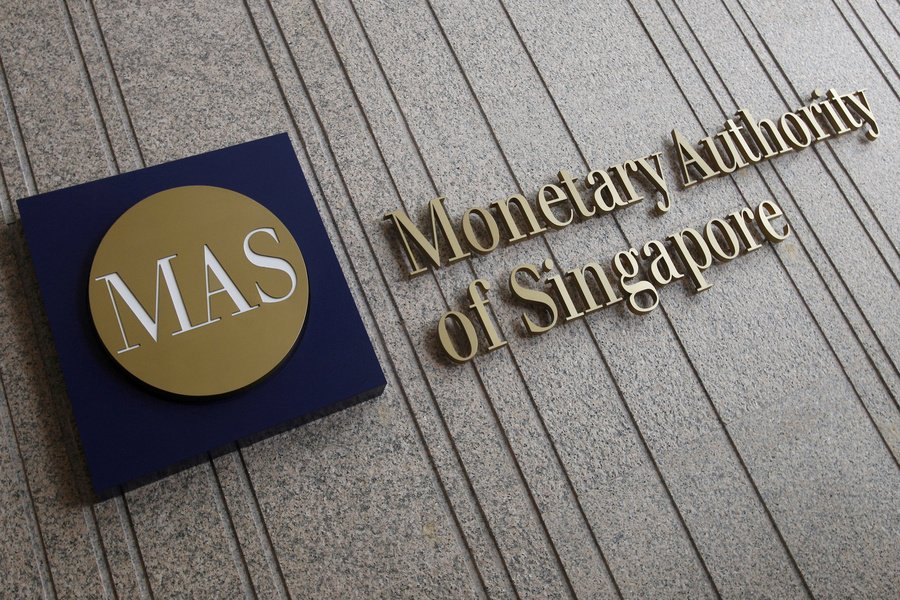Singapore’s central bank left its monetary policy steady on Friday, surprising analysts who expected further tightening.
Singapore’s first-quarter economic growth was disappointing.
Since April 2021, the MAS has not modified its policy. However, since October 2021, MAS has tightened monetary policy five times, including two off-cycle tightenings in January and July.
Singapore follows Australia, India, South Korea, and Canada in halting policy tightening due to rising global economic concerns.
The MAS said its tightening measures were “still working through the economy and should dampen inflation further.”
Despite high core inflation, Maybank economist Chua Hak Bin said growth risks have increased for Singapore.
“Singapore’s small and open economy is starting to stagnate and feeling the full brunt of the global downturn,” he said, adding that if China’s reopening boost doesn’t materialize in the second quarter, Singapore might enter a technical recession.
After the MAS ruling, the Singapore dollar declined by over 0.4% versus the U.S. dollar.
Instead of interest rates, the MAS lets the local dollar appreciate or fall against its primary trade partners in the S$NEER.
MAS “assessed that the current appreciating path of the S$NEER policy band is sufficiently tight and appropriate for securing medium-term price stability.”
The nominal effective exchange rate (S$NEER) policy band slope and breadth will not change.
































Comment Template